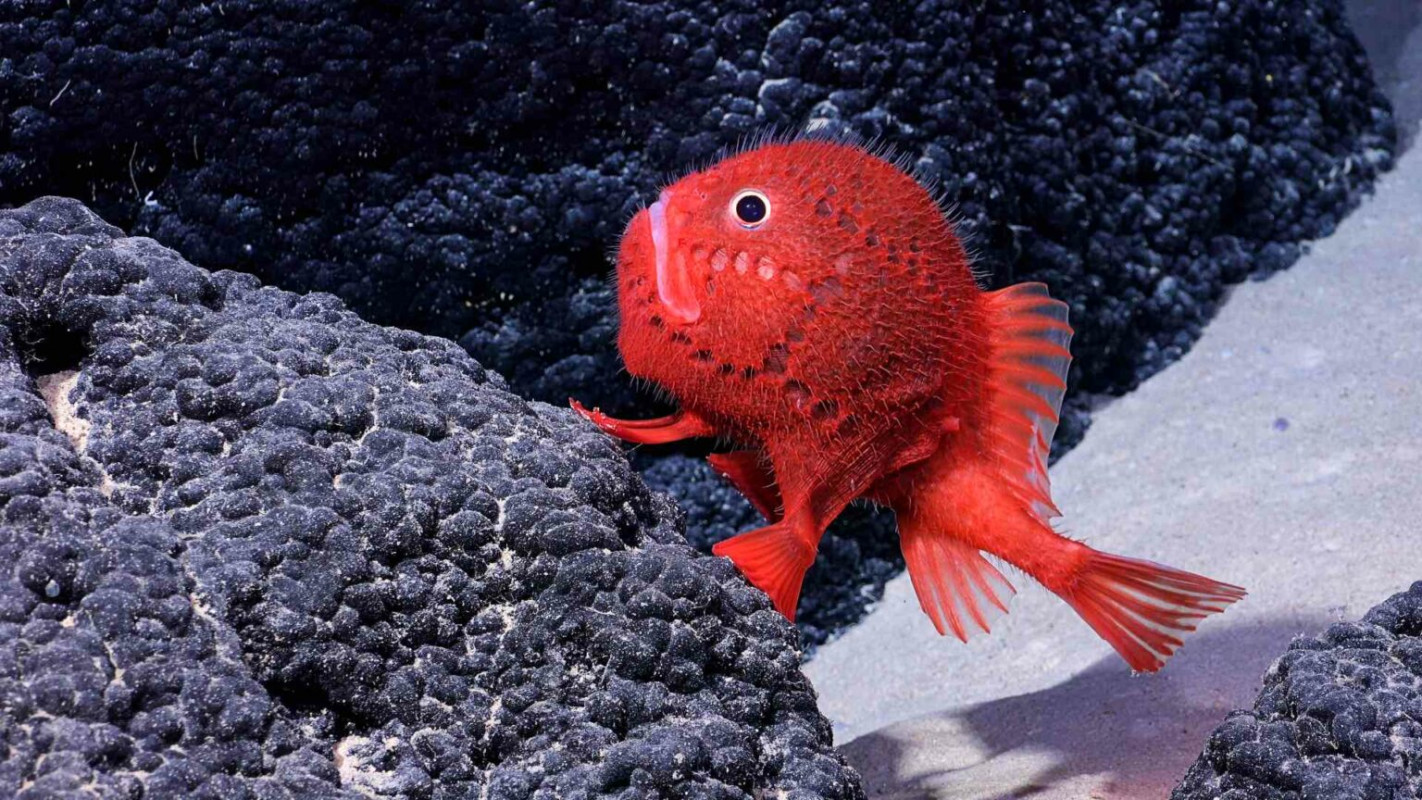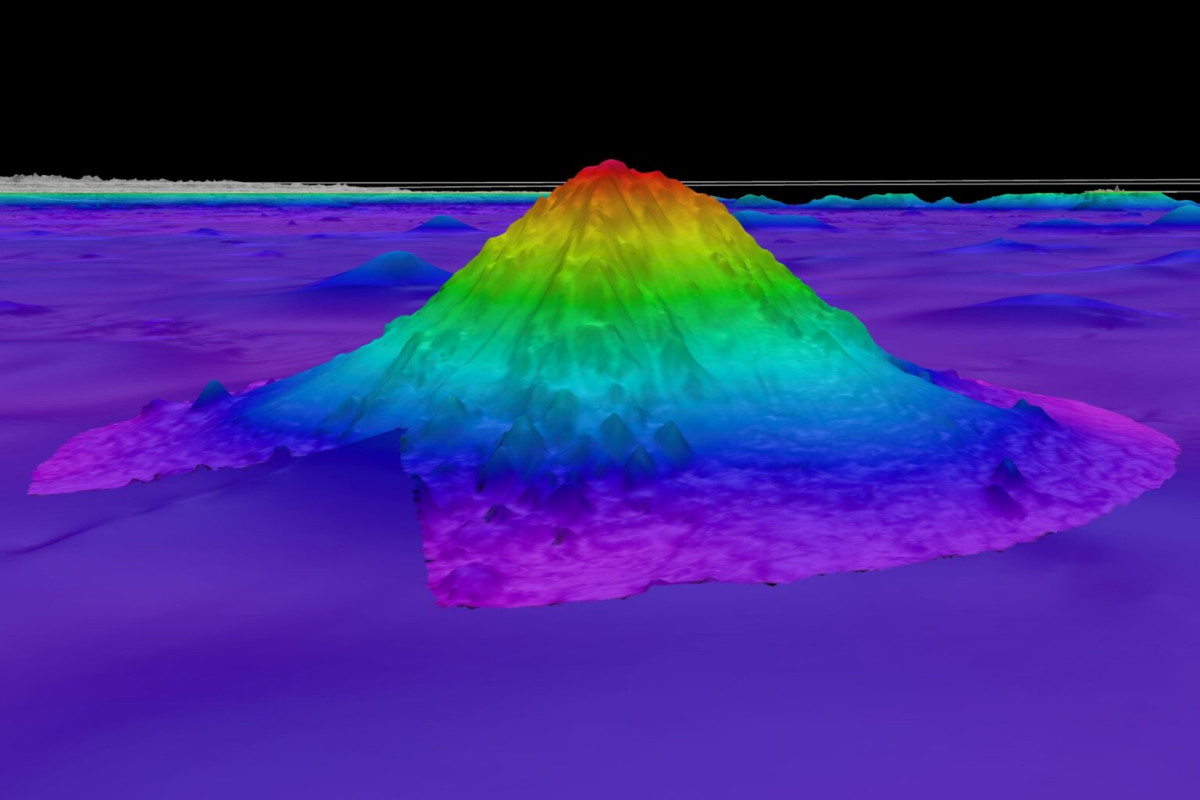 With only 5% of the oceans explored by humans, every new expedition reveals a little more about Earth’s largest ecosystems.
With only 5% of the oceans explored by humans, every new expedition reveals a little more about Earth’s largest ecosystems.
Most recently, over 100 new marine species have been discovered off the coast of Chile.
Among the potentially new species discovered were glass sponges, squat lobsters, corals, sea urchins, sea lilies, and sea stars… now, let’s take a deeper dive into the expedition!
Deep Beneath the Waves!
Earlier this year, a group of international scientists explored the Nazca and Salas y Gomez Ridge, a chain of underwater mountains in the southeastern Pacific Ocean.
 Underwater mountains, otherwise known as seamounts, are often biodiversity hotspots. Formed from extinct volcanos, they provide a solid surface for marine life to latch onto and grow, encouraging high species diversity.
Underwater mountains, otherwise known as seamounts, are often biodiversity hotspots. Formed from extinct volcanos, they provide a solid surface for marine life to latch onto and grow, encouraging high species diversity.
About half of the species living on these seamounts are suspected to be endemic species. This means they are only found in a specific geographic range. Each mountain sports a unique ecosystem, turning them into points of interest for researchers.
So far, only two new species have been documented in these underwater ridges. With the help of a robot that can descend more than 14,000 feet underwater and collect samples to bring up to the surface, 10 of the 200 seamounts of the Salas y Gomez Ridge were explored in a month. This led to the unexpected discovery of unique marine species as well as insight into familiar faces such as that of the dumbo octopus.
What The Future Has In Store
This discovery opens the gates for more expeditions. Another expedition to the Salas y Gomez ridge was scheduled on February 24, with even more likely to follow.
Although laboratory testing still needs to be conducted to confirm the genetics of the species discovered are new, just the discoveries of the thriving ecosystem inhabiting the seamounts reveal the importance of preserving the oceans.
Fishers and deep-sea miners often target seamounts because of the abundant populations of fish that reside on it, and the volcanic rock it’s made of. Two of the seamounts explored on the Salas y Gomez ridge were located in the protected area where Chile had restricted fishing. But most of the Salas y Gomez and Nazca ridges are not protected.
With the discovery of these new species, advocates are pushing for increased protection for these biodiverse underwater mountains. After all, who knows how many new species could be hiding in the deep sea for us to discover?
Sources: Schmidt Ocean Institute, Washington Post, WHOI, NOAA, ScienceDirect, IFL Science, Oceanconservancy.org







